For decades, anyone watching world food commodity prices saw dropping graphs. It was not a sector for investment or speculation. The 2007-08 oil price spike changed everything. Prices rocketed, dropped, rose. Now analysts see the future as volatility and upward drift . The FAO Food Price Index is generally way above the 2008 peak.
What ’s driving this? Speculation, says the NGO World Development Movement, citing one hedge fund buying almost the whole cocoa crop in July 2010. Last week, at the European Council, a split emerged on what to do, with the UK backing the speculators while Germany and France supported position limits on speculation.
Most academics say there are wider structural pressures, too: environment, energy, tastes, demography, geopolitics. This analysis makes everything more complex for policymakers. What can they do?
The sound policy reflex is to study where damage already exists. Who is most affected by the now seemingly irreversible upward drift in food prices? Clearly low income countries, but the UK too.
UK food prices rose 5.4% in March, up from 4.2% in February. Not much to the well paid, but lots if food is 25% of your disposable income. Last week 212,000 working couples with children earning less than £17k pa lost their Working Tax Credit, regaining it if they work another eight hours a week between them. As Save the Children said, “not easy when employers are cutting back”.
The Living Wage Campaign, too, worries about the food price squeeze on already tight budgets. A single unemployed parent has to live on a shrinking jobseeker’s allowance of £67.50 a week . That’s the reality behind populist government welfare reforms.
In public health, we foresee long-term damage from a vicious circle: bad food, bad living, bad educational performance, bad culture, drain on society. Next time you read of food prices going up here, don’t just think about low income countries, where 70% of income may go on food. Think also about here, your shop, your street, your NHS costs.







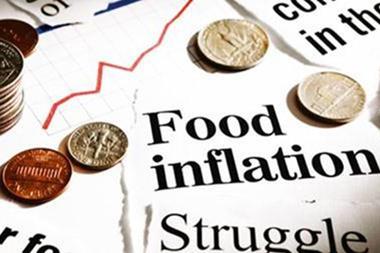
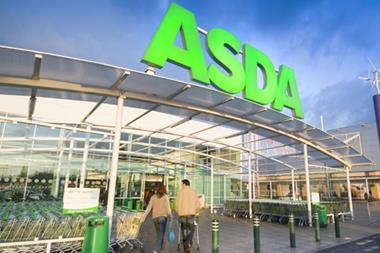

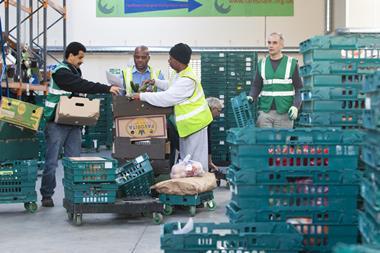
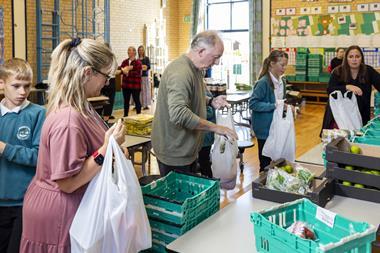

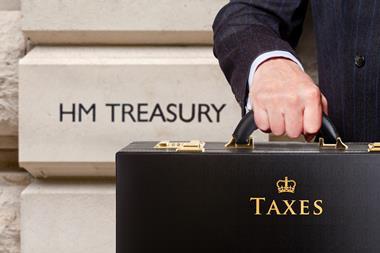





No comments yet